Tea lovers everywhere can take pleasure knowing that all the tea varieties they could possibly hope for are, in many cases literally, right at their feet.
Foraging for edible leaves, flowers and berries can be both exciting and invigorating, and of course, terribly satisfying.
There are a few things you need to keep in mind, however, like what is safe to eat or even touch. Also, preparing and storing different teas can vary widely.
Disclaimer
All images and descriptions are for information purposes only. Do not ingest any plant you are not 100% sure of. Always use a quality field guide when making identifications.
First and Foremost Stay Safe!
I would be remiss if I didn’t start out by saying, while out foraging for edibles, if you don’t know what it is, don’t eat it.
There are types of plants out there that can cause rashes and burns merely by touching them, such as poison ivy, poison sumac, and nettle.
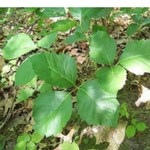
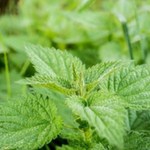
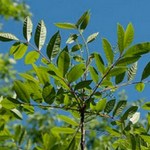
Others such as the leaves and roots of delphiniums and hemlock, leaves of rhubarb, oleander, and sheep laurel, plus the berries of lily of the valley, english ivy and bittersweet are all poisonous if consumed.
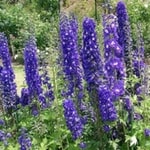
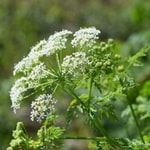
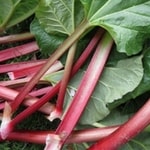
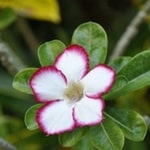
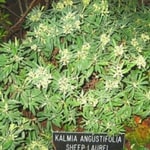
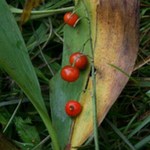
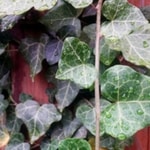
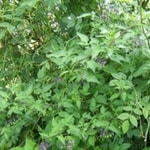
Be sure you know what you are picking. There are some great resources online to assist you in identification.
Where to forage
Try to harvest plants in an area where you know there is little to no risk of contamination from pollution – industrial or otherwise.
Get permission from landowners of private property before you go foraging on their property.
Take only what you can use. Edible plants on public property are a shared resource and a renewable one if we respect it.
Be mindful of the wildlife. Prime harvesting season for humans is also prime harvesting season for animals. While you may run into the occasional squirrel looking for hazelnuts and marvel at the cuteness of it all – you could also meet up with a mama bear looking to feast on the blueberries.
Be prepared, and be safe.
Recommended Reading: Primal Survivor food preservation guide
Common plants that can be foraged for tea
Let’s start with the obvious choices of wild plants we can forage from, like wild strawberry, raspberry and blueberry bushes.
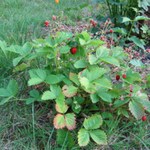
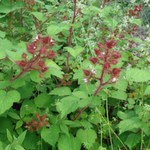
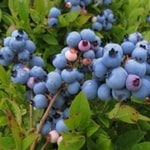
While we often think to go berry picking for snacks and baking – fresh berries can add great flavor to a tea blend, or make a great tea all on their own.
Beware – some berry teas can act as a diuretic or mild laxative.
Berries can obviously be used fresh, however if you wanted to store them, berries freeze well, or can be dried in a food dehydrator. Wash, dry and slice your berries if desired, and freeze in smaller portions, or prepare in the dehydrator, and then seal in smaller portions for later.
Wild cranberries, black berries, and rose hips are some more to try.
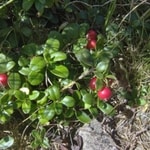
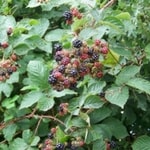
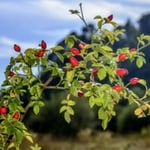
Fresh Berry Tea
- Total Time: 12 minutes
- Yield: 2 Cups 1x
Description
Make a refreshing, healthy tea from fresh foraged berries.
Ingredients
- 2 cups boiling water
- 1 cup berries
- Strainer
- Sugar / honey and cream / milk (optional)
Instructions
- Rinse berries
- Boil water
- Add berries to boiling water and steep for 10 minutes ( or longer)
- Press and strain the berries and serve the tea with cream and sugar, or black if you prefer
- Add ice for Berry Iced Tea
Notes
Chamomile Tea
1 – Replace berries with 1 cup wild chamomile cuttings ( you can use the entire plant , or just the flower heads)
2 – Follow same method
Labrador Tea
1 – Replace berries with Labrador tea leaves
2 – Pour boiling water over tea leaves – do not boil the leaves
3 – Strain and serve
Juniper Berry Tea
1 – Replace berries with 1 tbsp Juniper berries
2 – Pour boiling water directly onto the juniper berries and steep for 20 minutes
3 – Strain and serve
- Prep Time: 2 minutes
- Cook Time: 10 minutes
- Category: Drink
- Method: Boiling
- Cuisine: American
Nutrition
- Calories: 0
Not so common plants that can make tea
Goldenrod, Mountain fly honeysuckle berries, Black spruce branches, Birch twigs and bark, Yarrow flowers and leaves, Wild Chamomile and Wintergreen leaves all make great forage finds for tea.
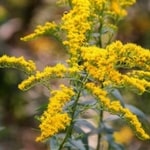
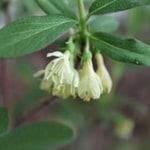
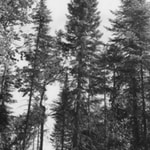

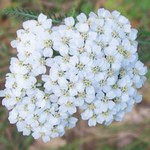
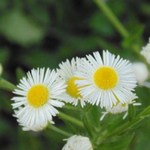

Methods of tea making
In most cases, these can be used fresh to make tea, perhaps with a bit of crushing in the case of berries or grinding in the case of twigs and branches.
In order to stock your pantry with these teas, you would need to dry them to preserve them. A food dehydrator works great for drying things like berries, but often a mesh bag in a dry, clean area with some air movement will work adequately for most leaves and flowers.
You’ll want to make sure you have checked for insects or any rot, and you will need to make sure that the teas are completely dried out before storing long term.
Remember, dried teas are going to be a lot more potent than they were when they were fresh, and when preparing tea use about 1/3 less of the dried ingredients, than you would the fresh ingredients.
More Choices for making your own tea
Marsh Marigold, Labrador Tea and Juniper berries are also popular choices for foraged tea varieties, but should be used with caution.
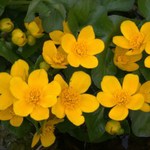
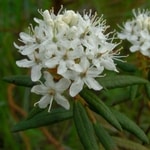
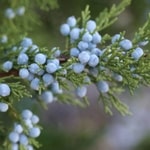
Marsh Marigold: Needs to be boiled twice before it is considered safe to be consumed – do not consume it raw.
Labrador tea: a popular tea choice, however in large doses it may be toxic, so use sparingly.
Crushed Juniper berries: also known to be toxic if consumed in excessive amounts, so again, use with caution.
Edible Weeds
There are many edible ‘weeds’ that should not be overlooked, and you might enjoy experimenting with, such as the ever popular, and over abundant Dandelion. Violet, Lamb’s quarter, chickweed and purslane are others worth trying.
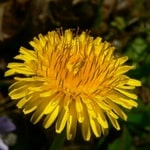
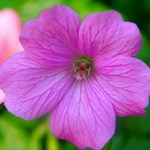
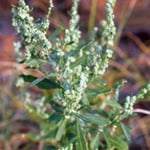
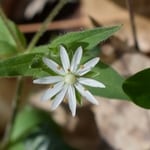
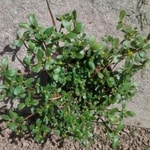
And even though the dreaded stinging nettle is not to be touched without layers of body armor, it also makes a fabulous tea. Just don’t touch it.
Happy Foraging!
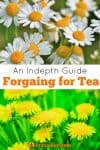
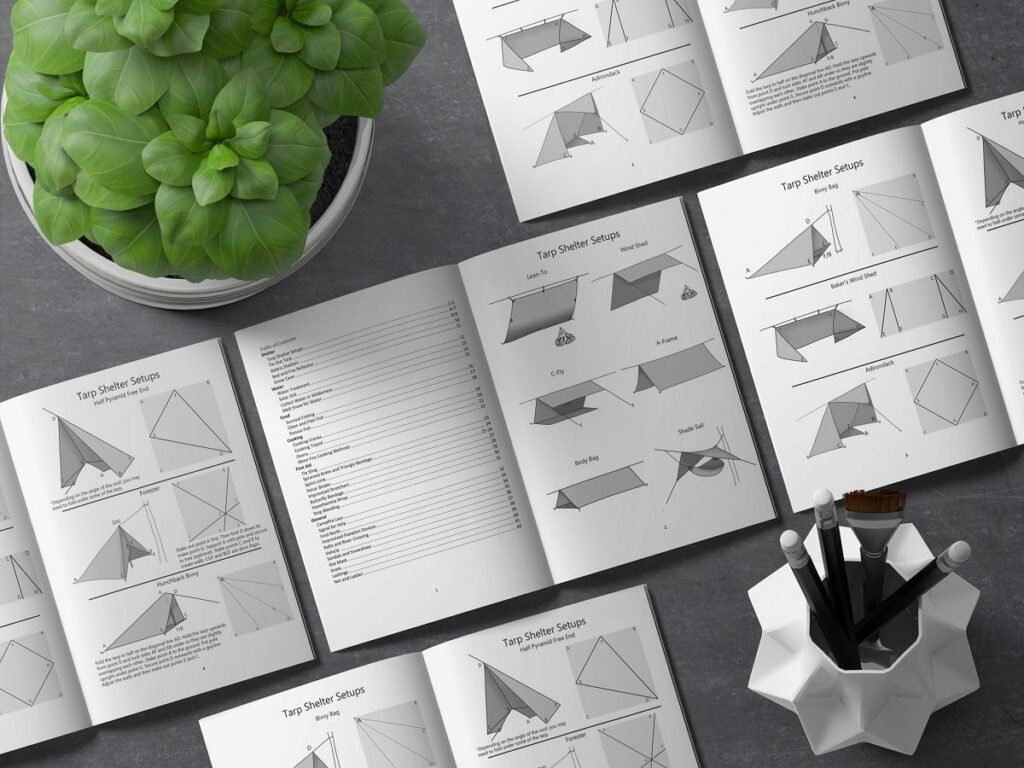

Tried the fresh berry tea – was surprisingly good. Thanks for posting!